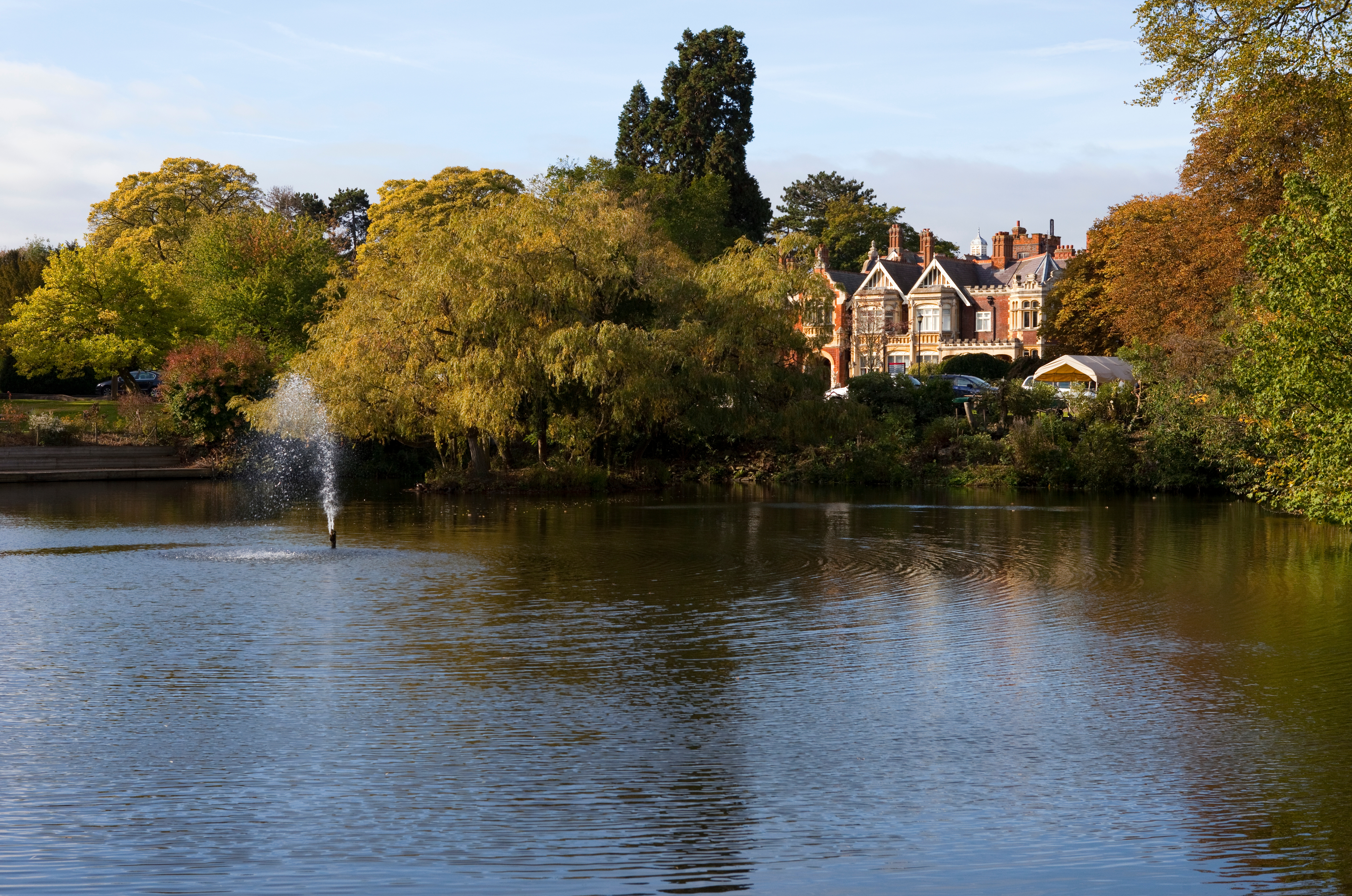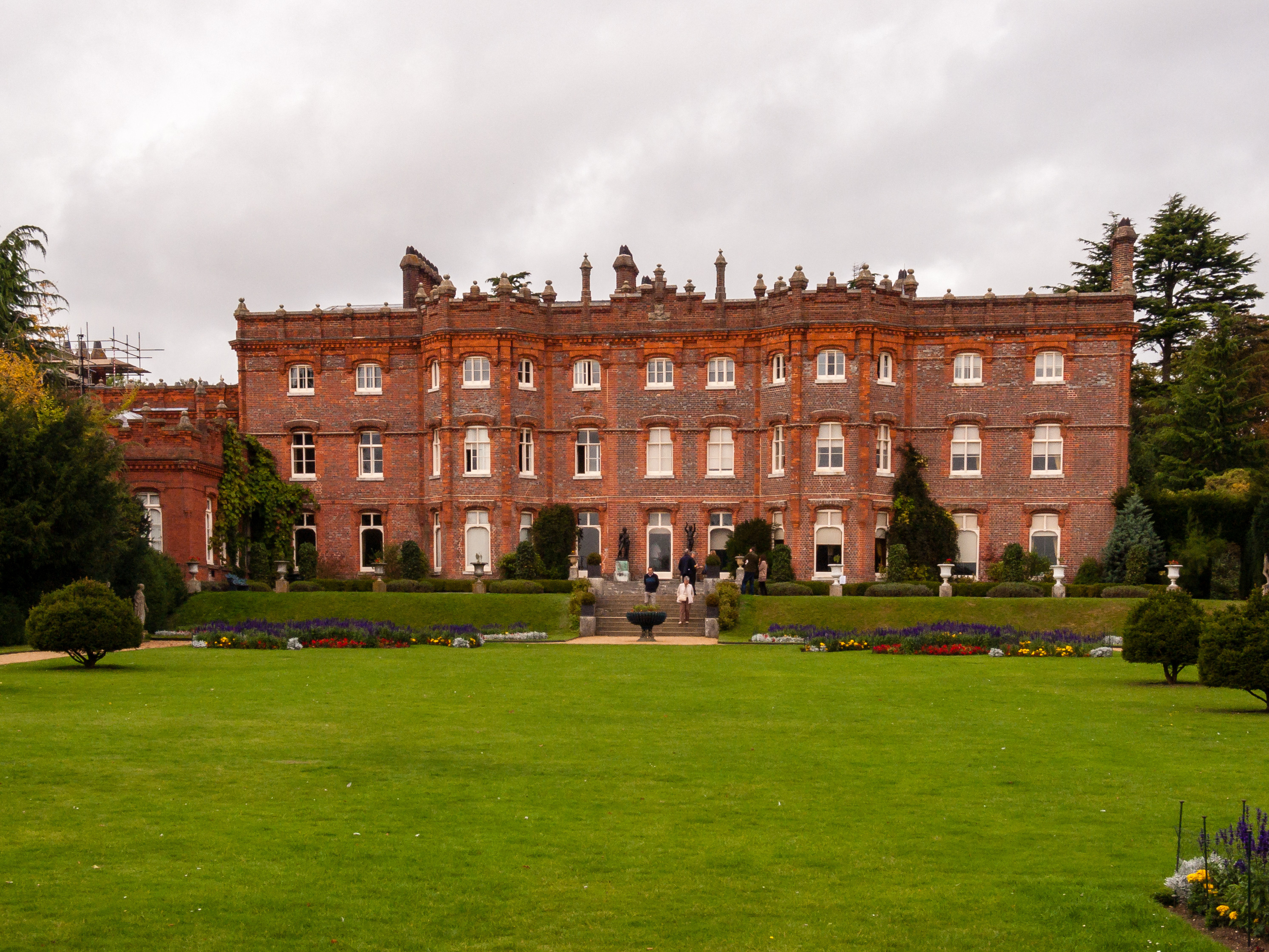Hidden History
I have always been interested in history and architecture being extremely fortunate over the years to have visited some iconic places, spectacular sites, stunning cities & picturesque towns around the world but when overseas travel restrictions were imposed, I found myself investigating what the UK had to offer, as and when we could travel unrestricted, albeit within our own borders, rather than boarding a plane or boat to an overseas location.
Although I had been to places such as architect Augusta Pugin’s house, known as The Grange in Ramsgate, the White Cliffs of Dover, Hellfire Corner, The Cavern in Liverpool, the Cardiff Museum and various London Galleries & Museums including the V&A, I started to ‘google’ other interesting places in the home counties and further afield in England which had a fascinating past often with a secret or two to tell.
One such place is Bletchley Park, which I re-visited in February 2022. I was reminded of the ingenuity of the Enigma code-breakers team and the Turin-Welchman ‘Bombe’ machine often referred to as one of the first computers. The museum with its various exhibits is, in my view, a fascinating insight to their brilliance and the many unsung heroes who worked tirelessly to crack the German code. Bletchley has an excellent array of memorabilia in the main house and even more in the various ‘huts’ which were only ever erected as temporary structures but have now been lovingly restored.
Although many will know of Bletchley, I wonder how many will have heard of the ‘Map-makers’ at Hughenden Manor at High Wycombe in Buckinghamshire – code name ‘Hillside’?
Today Hughenden is owned by The National Trust, once the home of Maidstone MP and Queen Victoria’s favourite Prime Minister, Benjamin Disraeli. The displays at Hughenden walk you through the history of Disraeli from humble beginnings to leader of the Country. The National Trust took over the property in 1947 and although they knew that its last occupants had been the Air Ministry, (who left after the end of WWII in 1946, almost without trace) they had no idea what it had been used for. That remained a closely guarded secret by many for almost 60 years. But in 2004, a National Trust volunteer overheard a visitor (Victor Gregory) telling his grandson “that was where my desk was during the war”, and that comment sparked the start of painstaking research into its mysterious past.
The Ministry of Defence gave permission for those who had worked there to be released from the Official Secrets Act. What followed was months and months and months of detective work in the uncovering of the secrets of the ‘Hillside’ map makers. Finally, the former map makers, who’d been faithful to the Official Secrets Act they’d signed so many years ago, were able to tell their stories. Hughenden not only has the rooms celebrating the life of Disraeli but also a fitting tribute to the map makers, which the NT confess is growing all the time as more and more stories, memorabilia and secrets are revealed.
The work by the map makers at Hughenden for the pilots during the second world war, only included features which were helpful for the pilots such as woodlands, roads, rivers and lakes were all done by hand, only producing around two maps a week!
It seems incredible that in such a short time, we take the computer, satellite imagery and comprehensive maps as part of everyday life.
We can now view on screen a much more detailed map at the click of a mouse and even print a detailed map in a matter of seconds. It’s amazing to think how far we have come in technology in 60 years, and I often wonder what will we have achieved in the next 60 years?
I hope you’ve enjoyed this short snippet of hidden history.
Kevin Gilbert
Director and Auctioneer









